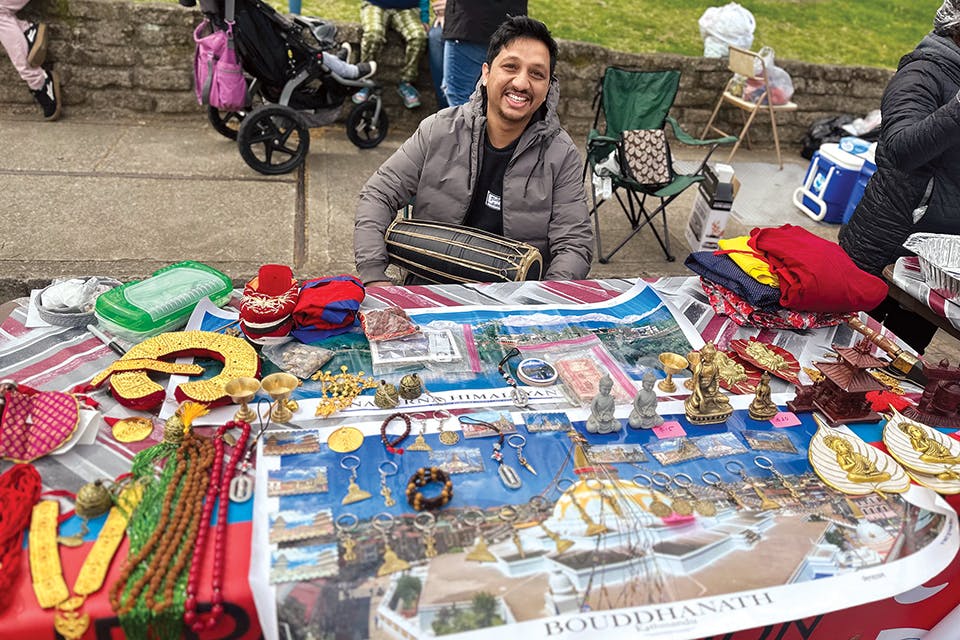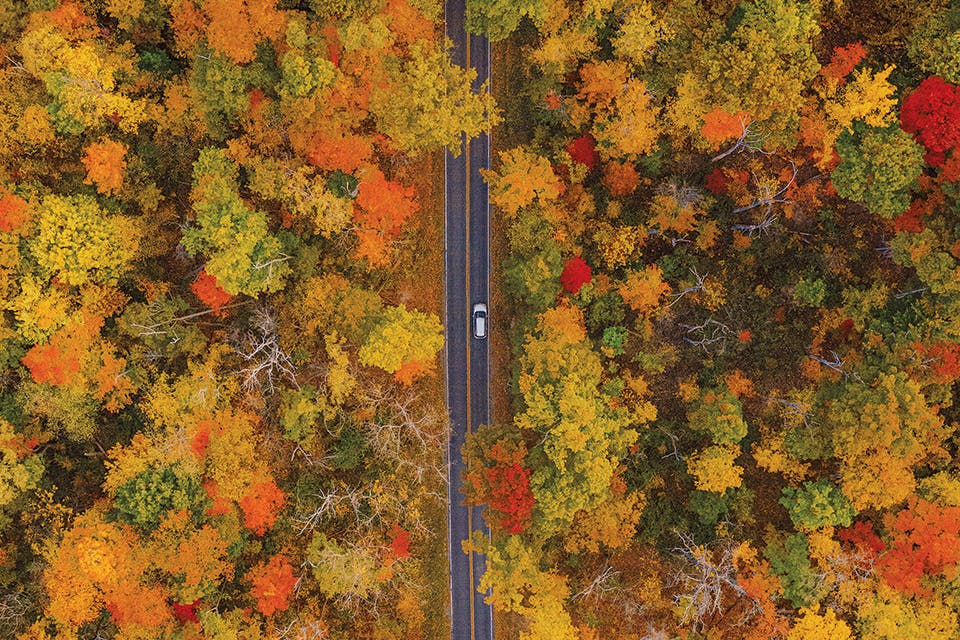Related Articles

Explore Cultures of the World at Ohio University’s International Street Fair
Visit Howard Park in Athens on April 6 to learn about other countries, try new foods and learn how we are all connected in more ways than we may realize. READ MORE >>

Embrace Winter at Cleveland’s Outdoor Music Festival
Brite Winter began in 2010 as a way to bring northeast Ohioans out for live music and interesting art and has become a February tradition in the city. READ MORE >>

50 Things to Do This Fall in Ohio
Autumn is our most beautiful season. From family fun and food festivals to scenic spots and spooky scares, here are great ways to embrace the crisp air and sunny days. READ MORE >>

